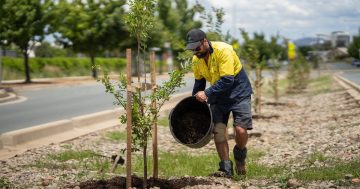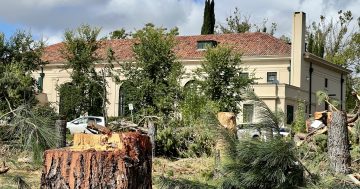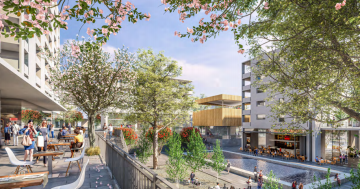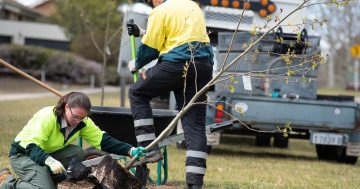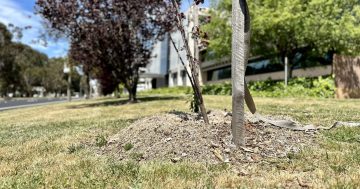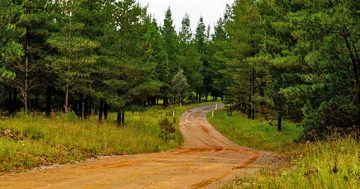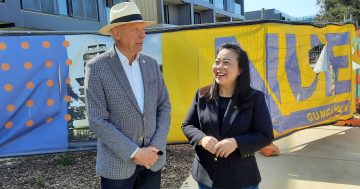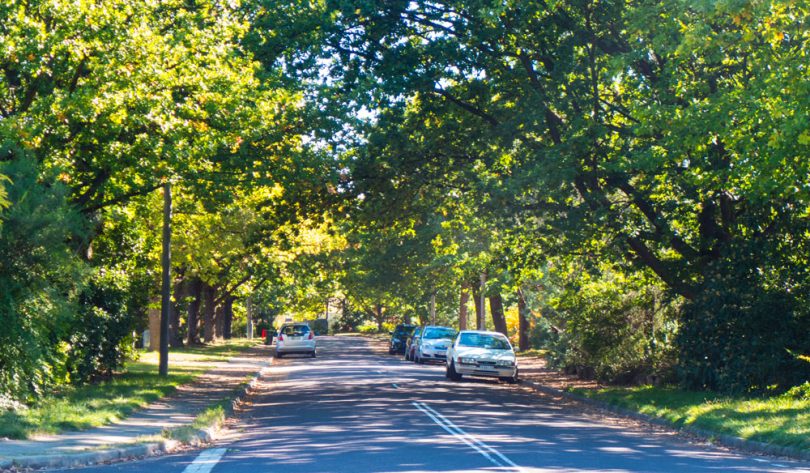
A Canberra streetscape such as this is priceless. Photo: File.
It’s better late than never, but government moves to ensure blocks have enough land reserved for the trees that will shield homes from the scorching summer sun, cool backyards and provide relief to the eye is more than welcome.
Part of the recently released Urban Forest Strategy, the proposed 15 per cent minimum, championed, it must be said, by the ACT Greens, will go a long way to stopping the infamous building out of blocks in new suburbs such as Coombs and in inner areas where the demolish-and-rebuild is popular.
Standing cheek by jowl, some new homes occupy almost entire blocks with little room for greenery and a big dependence on air conditioning.
They may rack up the energy efficiency stars, but with more clever design to stop wasted space, proper orientation and green buffers, these Canberra castles could be more hospitable and environmentally friendly.
Home-owners should listen more to their architects and builders who often fail to convince them of the merits of less is more.
It’s a pity that the government, Labor that is, has taken so long to come to this view because the legacy will be a swag of new suburbs that will be less treed than they should be, which will have ramifications for how they will cope with a warming climate and the general amenity.
City Services Minister Chris Steel was very keen to shine the spotlight on developers, flagging measures to deter them from bulldozing trees, but the government, through the Suburban Land Agency, is also one of the city’s biggest developers.
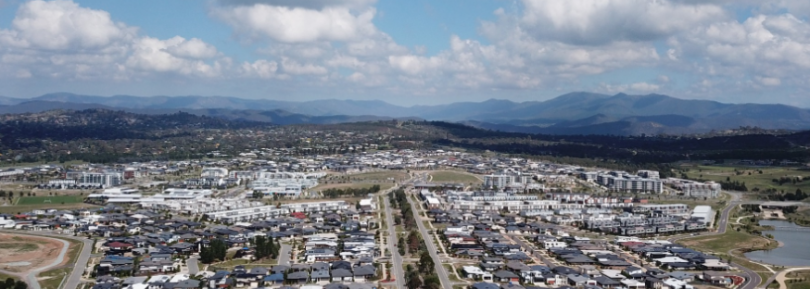
Coombs and Wright have the lowest tree cover in the ACT. Photo: File.
Coombs and Wright, for example, have the lowest coverage in the ACT at a mere 1 per cent. You would expect it to be low, being still in development, but the government will have to do a lot of planting on public land to get it up to at least the 30 per cent mark it is aiming for as an average across the Territory.
Nonetheless, putting a price or value on trees will make developers think twice about felling trees, particularly mature ones, and more about incorporating them into their plans and seeing them as assets, not liabilities.
While the established urban forest needs to be maintained, the government is right to prioritise areas of low coverage, for practical reasons and equity.
Every Canberran deserves to live in a leafy suburb, not just those fortunate to live in the inner south or north.
The Strategy calls for 450,000 trees to be planted across the ACT over the next quarter-century but says the urban forest will change as new, more resilient species are deployed and more diverse plantings are encouraged.
The themed streets of the past may not be repeated, and plantings will be more determined by the current climatic conditions rather than simply the seasons.
This will take a mind shift for many people used to the treed order of things in Canberra, but as long as plantings continue to be a mix of deciduous exotics, which provide the greatest shade in summer while allowing the winter sun to filter through the canopy, and natives, it should be a good result.
But the government is also hoping to recruit the community to the cause, calling the forest project a collaborative effort, with an eye on the sheer cost of it all. It wants residents to contribute more than they currently do to maintenance, such as watering.
This may be a challenge and something the government will have to work at. While understandable, it should not rely on it for a successful outcome because the urban forest is far too important to the capital.
It has to be said that the government is playing catch-up, being warned by ANU scientist Cris Brack in 2019 that a failure to act could see whole streetscapes dying.
The Greens’ Caroline Le Couteur said at the same time that the government needed to plant 7,000 trees a year for the next decade just to restore Canberra’s urban forest to its former state.
This year 9,000 trees will be planted, and it will be interesting to see what the appetite is in coming budgets.
If anybody is looking for the benefits of having the Greens in government, then the action on trees is proof.












